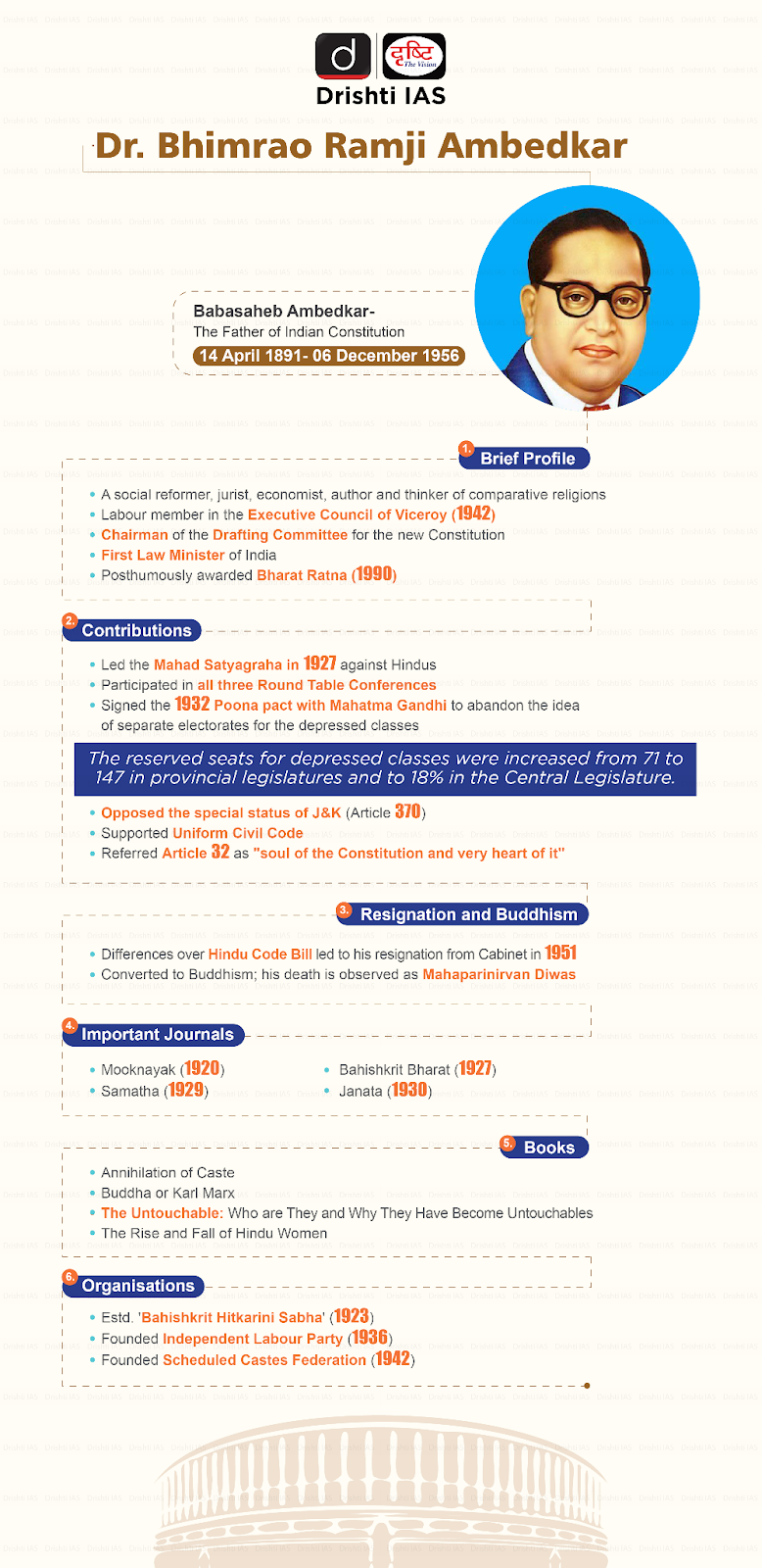Chhattisgarh Switch to Hindi
IEDs Recovered in Bijapur
Why in News?
Security forces recovered five Improvised Explosive Devices (IEDs) planted by Maoists in Chhattisgarh's Bijapur district.
Key Points
- IEDs Detection:
- A joint team of the Chhattisgarh Armed Force (CAF) and local police detected five IEDs near Mankeli village in Bijapur district.
- The team was conducting an area domination and demining operation when they uncovered the explosives.
- Pattern of Maoist Attacks in Bastar Region:
- Maoists frequently plant IEDs along forest roads and dirt tracks in the interior areas of the Bastar region, which includes Bijapur and six other districts.
- These traps often target security forces during patrolling, but in several cases, civilians have also suffered casualties.
Improvised Explosive Device
- An improvised explosive device (IED) is a homemade bomb designed to destroy or incapacitate targets, commonly used by criminals, terrorists, and insurgents in various forms.
- IEDs can be delivered through multiple means, including vehicles, placement by individuals, or roadside concealment, and gained prominence during the Iraq War that began in 2003.
Maoism
- About:
- Maoists, also known as Left-wing Extremists (LWE) or Naxalites, are a group in India advocating for the overthrow of the government through armed revolution, based on Maoist ideology.
- Maoist Ideology:
- The central theme of Maoist ideology is the use of violence and armed insurrection as a means to capture State power.
- ‘Bearing of arms is non-negotiable’ as per the Maoist insurgency doctrine.
- The central theme of Maoist ideology is the use of violence and armed insurrection as a means to capture State power.
- Indian Maoists:
- The largest and the most violent Maoist formation in India is the Communist Party of India (Maoist) formed in 2004.
- The CPI (Maoist) and its front organizations were banned under the Unlawful Activities (Prevention) Act, 1967.
- Front Organizations are the off-shoots of the parent Maoist party, which professes a separate existence to escape legal liability.

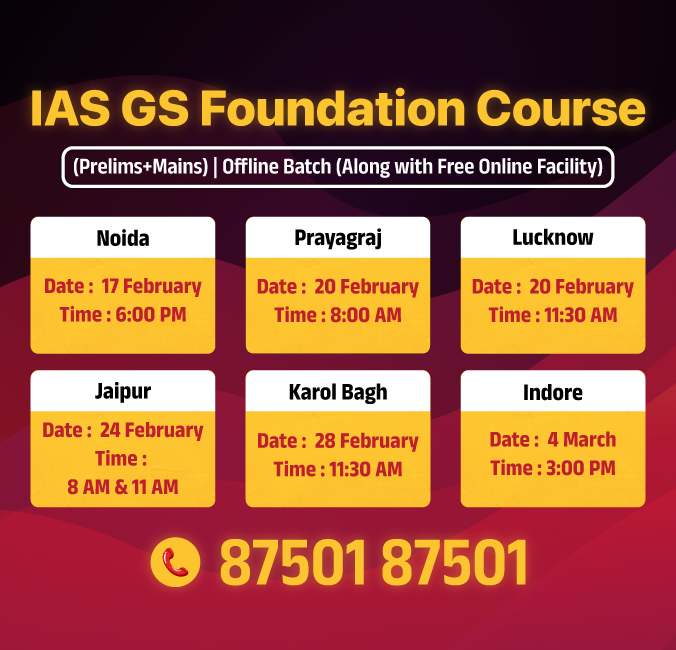
Maharashtra Switch to Hindi
B.R. Ambedkar’s 135th Birth Anniversary
Why in News?
On the occasion of the 134th birth anniversary of Dr. Babasaheb Ambedkar, thousands of followers gathered at Deekshabhoomi in Nagpur and Chaityabhoomi in Mumbai. The day was observed with deep reverence, cultural programmes, and tributes.
Key Points
- Important sites:
- Deekshabhoomi:
- The site holds historical significance as the place where Ambedkar embraced Buddhism in 1956, initiating a major socio-religious movement.
- Followers offered floral tributes at the sacred stupa and to Ambedkar’s preserved ashes.
- Chaityabhoomi:
- Situated in Dadar, Chaityabhoomi is a memorial that has become a major pilgrimage site for Ambedkarites nationwide.
- The Maharashtra government and Mumbai civic bodies arranged medical camps, water supply stations, and special traffic controls to manage the crowd.
- Both the sites are part of the Ambedkar Circuit, a set of important sites related to Dr. Ambedkar’s life.
- Deekshabhoomi:
Ambedkar Circuit
- The government had first proposed the Ambedkar Circuit, or Panchteerth, in 2016, but the conceptualisation of the plan could be held recently.
- The five cities in the tourist circuit as announced by the government are:
- Janma Bhoomi- Ambedkar’s birthplace in Madhya Pradesh’s Mhow.
- Shiksha Bhoomi- the place in London where he stayed while studying in the UK.
- Deeksha Bhoomi- the place in Nagpur where he embraced Buddhism.
- Mahaparinirvan Bhoomi- the place of his demise in Delhi.
- Chaitya Bhoomi- the place of his cremation is in Mumbai.


Maharashtra Switch to Hindi
Free Electricity for Maharashtra Farmers
Why in News?
Maharashtra Chief Minister announced that the government will provide free electricity to 80% of the state’s farmers by December 2026.
- The Chief Minister emphasised that the government is working to generate 16,000 MW of solar power under the Mukhyamantri Saur Krishi Yojana to ensure 12-hour daytime electricity.
Key Points
- Mukhyamantri Saur Krishi Yojana:
- This program is a Maharashtra government initiative aimed at promoting solar-powered agriculture through various schemes, including off-grid solar pumps and decentralized solar power projects.
- The scheme aims to decouple the irrigation sector from power subsidies, ease the financial burden on other electricity consumers, replace diesel pumps to curb pollution, and promote environmentally sustainable agriculture.
- Sub-schemes included under this are:
- Mukhyamantri Saur Krushi Pump Yojana:
- This component aims to provide solar-powered agricultural pumps, especially in off-grid areas, to reduce dependence on diesel and ensure reliable daytime irrigation.
- It targets the installation of 100,000 off-grid solar pumps, offering subsidies primarily to farmers with small landholdings.
- Mukhyamantri Saur Krushi Vahini Yojana (MSKVY) 2.0:
- The scheme aims to solarize 30% of agricultural feeders through the installation of decentralized solar power projects with a combined capacity of 7,000 MW.
- It seeks to ensure daytime electricity for farmers, ease pressure on the conventional power grid, and encourage private sector investment in solar energy.
- Mukhyamantri Saur Krushi Pump Yojana:
Sustainable Agriculture
- About: It is a holistic farming approach that meets current food and fiber needs while preserving resources for future generations.
- It includes practices like crop rotation, organic farming, and community-supported agriculture, ensuring environmental health, economic viability, and social equity.
- Benefits:
- Environmental Benefits: Improves soil health, conserves water, protects biodiversity, and reduces the carbon footprint.
- Economic Benefits: Ensures long-term productivity, lowers costs, creates market opportunities, and enhances climate resilience.
- Social Benefits: Produces healthier food, generates employment, and strengthens food security.
- Resilience to Climate Change: Organic farming, conservation tillage, and agroforestry sequester carbon, reduce emissions, and boost climate resilience.


Jammu & Kashmir Switch to Hindi
J&K to Develop Tourism Destinations
Why in News?
Jammu and Kashmir Chief Minister announced that the government plans to develop nine new tourism destinations across the Union Territory.
- He expressed hope that the World Bank would move beyond its "traditional reluctance" and agree to fund projects in the region.
Key Points
- New Tourism Destinations in Pipeline:
- The J&K government has identified nine new tourist destinations for development with assistance from multilateral funding agencies.
- These destinations aim to ease tourist pressure on already saturated hotspots like Gulmarg, Pahalgam, and Sonmarg, while also opening up lesser-known areas in Jammu.
- World Bank Engagement and Investment Outlook:
- The World Bank has agreed to fund the preparation of project reports for the nine destinations.
- Once the reports are complete, the government plans to approach the same agencies for full-scale funding, aiming to overcome traditional reluctance toward funding in J&K.
- The government is targeting an estimated investment of Rs 5,500 crore to build essential infrastructure across these locations.
- Value-Based Tourism:
- The CM emphasized a shift from volume-driven tourism to value-based tourism, focusing on enhanced tourist experiences and higher-quality services.
- He underlined the need to improve hotel standards, visitor experiences, and the overall satisfaction of tourists to encourage repeat visits.
World Bank
- About:
- It was created in 1944, as the International Bank for Reconstruction and Development (IBRD) along with the IMF. The IBRD later became the World Bank.
- The World Bank Group is a unique global partnership of five institutions working for sustainable solutions that reduce poverty and build shared prosperity in developing countries.
- The World Bank is one of the United Nations' specialized agencies.
- Members:
- It has 189 member countries.
- India is also a member country.
- Major Reports:
- Ease of Doing Business (Stopped publishing).
- Human Capital Index.
- World Development Report.
- Its Five Development Institutions:
- International Bank for Reconstruction and Development (IBRD)
- International Development Association (IDA)
- International Finance Corporation (IFC).
- Multilateral Guarantee Agency (MIGA)
- International Centre for the Settlement of Investment Disputes (ICSID)
- India is not a member of ICSID.


Madhya Pradesh Switch to Hindi
Ambedkar Jayanti
Why in News?
The Chief Minister of Madhya Pradesh paid tribute to Bharat Ratna Baba Saheb Dr. Bhimrao Ambedkar on his 134th birth anniversary.
Key Points
- About Dr. Ambedkar :
- Introduction:
- Dr. Bhimrao Ambedkar was born in the year 1891 in Mhow, Central Province (now Madhya Pradesh).
- He is considered the Father of the Indian Constitution and was the first Law Minister of India.
- He was the Chairman of the Drafting Committee of the Constitution.
- He was a famous politician who fought for the rights of Dalits and other socially backward classes.
- Contribution:
- He led the Mahad Satyagraha in March 1927 against Hindus who were protesting against the decision of the municipal board.
- He participated in all the three Round Table Conferences.
- In the year 1932, Dr. Ambedkar signed the Poona Pact with Mahatma Gandhi , in which he gave up the idea of demanding a separate electorate for the Depressed Classes (Communal Award).
- His ideas presented before the Hilton Young Commission laid the foundation of the Reserve Bank of India (RBI).
- Adoption of Buddhism:
- He resigned from the cabinet in 1951 due to differences over the Hindu Code Bill.
- He converted to Buddhism and died on December 6, 1956 (Mahaparinirvana Day).
- Chaityabhoomi is located in Mumbai, which is known as B.R. Ambedkar Memorial.
- In the year 1990, he was awarded India's highest civilian honour, Bharat Ratna .
- Important Works:
- Magazines:
- Silent Hero (1920)
- 'Outcast India' (1927)
- Equality (1929)
- The Public (1930)
- Books:
- Destruction of caste system
- Buddha or Karl Marx
- The Untouchables: Who They Were and How They Became Untouchables
- Buddha and his Dhamma
- The rise and fall of Hindu women
- Organization:
- Outcast Welfare Association (1923)
- Independent Labour Party (1936)
- Scheduled Castes Federation (1942)
- Magazines:
- Introduction:


Rajasthan Switch to Hindi
Thar Desert
Why in News?
According to a new study, India's Thar Desert has recorded an annual increase of 38% in greening per year during the last two decades due to increased monsoon rainfall and agricultural expansion.
Key Points
- About Thar Desert:
- Location of the Thar Desert (The Great Indian Desert): It is an arid region of sand hills on the Indian subcontinent. It covers an area of 200,000 square kilometers in northwestern India (Rajasthan, Gujarat, Punjab and Haryana) and southeastern Pakistan (Sindh and Punjab provinces).
- Geography and Climate: It is bordered by the Indus River plains to the west, the Punjab Plains to the north and northeast, the Aravalli Range to the southeast , and the Rann of Kutch to the south .
- This desert has a subtropical desert climate , with persistent high pressure and subsidence.
- Soil Structure: Desert soils include desert, red desert, sierozem, red and yellow , saline, lithosols and regosols.
- These soils are coarse textured, well drained and calcareous , which supports specific vegetation and agriculture.
- Biodiversity: It supports relatively rich biodiversity, including the Blue Bull (Nilgai), Blackbuck, Great Indian Bustard (GIB) and Indian Gazella (Chinkara).
- One of the largest national parks in India , the Desert National Park (Rajasthan) , is located here.
- Mineral Resources: It has one of the world's largest lignite coal deposits in the desert .
- It is rich in gypsum and salt ( with saline lakes- Sambhar and Kuchaman ).


Rajasthan Switch to Hindi
Bisalpur Dam
Why in News?
Intense heat and high temperatures are rapidly depleting the Bisalpur Dam water, which supplies drinking water to Jaipur, Ajmer, and Tonk in Rajasthan. If this continues, the region could soon face a severe water crisis.
Key Points
- About the Issue:
- Due to evaporation, about 15 centimetres of water has been lost in the last one month.
- It also affects the livelihood related to the dam. Fishermen are facing difficulty in hunting. can have an adverse effect on their economic condition.
- About Bisalpur Dam:
- Bisalpur Dam is a gravity dam on the Banas River at Bisalpur in Tonk district of Rajasthan .
- A gravity dam is a dam made of concrete or masonry and withstands the pressure of water by its own weight. Its stability is entirely based on gravity.
- It was constructed in 1999 for the purpose of irrigation and drinking water supply
- This dam was named in honour of Bisaldev IV, the Chauhan ruler of Ajmer.
- Bisalpur Dam is a gravity dam on the Banas River at Bisalpur in Tonk district of Rajasthan .

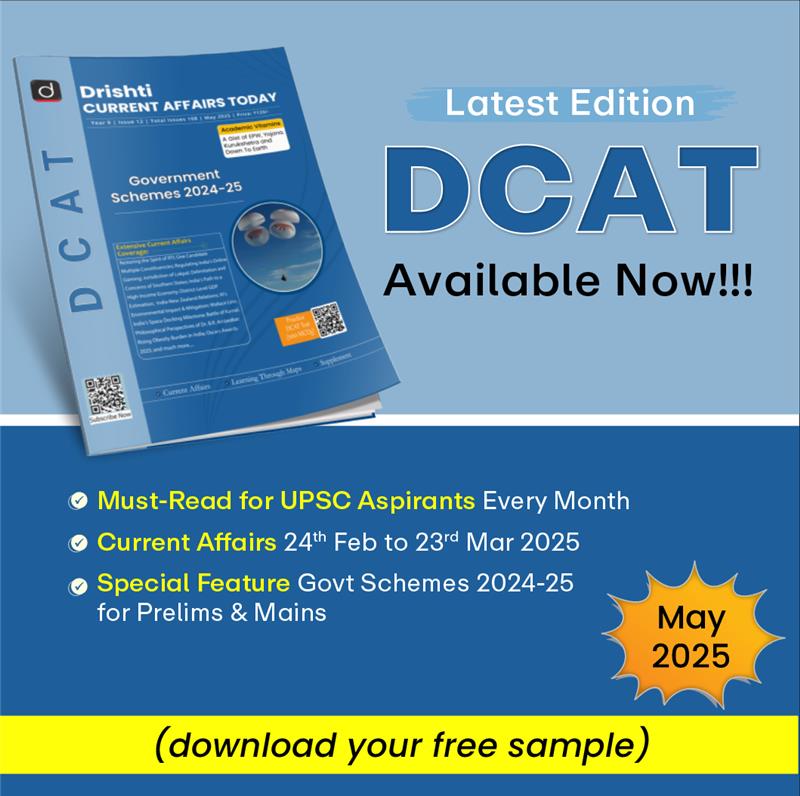
Uttar Pradesh Switch to Hindi
India Skills Report 2025
Why in News?
In the India Skills Report 2025, Uttar Pradesh has topped the country in the areas of mathematical skills and computer proficiency.
- The state has also made remarkable progress in employment opportunities and ranking of cities.
Key Points
- About the Report:
- According to the report, 80% of the youth are proficient in mathematics and computer skills .
- In this case, Uttar Pradesh has secured the first position, leaving behind Andhra Pradesh.
- Madhya Pradesh, Punjab and Telangana are at third, fourth and fifth positions respectively.
- Uttar Pradesh is also ranked first in critical thinking.
- After this, Rajasthan is at second place and Madhya Pradesh is at third place.
- In the field of English proficiency, Maharashtra has secured first place, Karnataka second and Uttar Pradesh third .
- These figures have emerged in the Global Employability Test (GATE) report, which evaluates the job-ready skills of students and professionals across the world.
- Uttar Pradesh ranks first in the country in terms of availability of employment resources for youth in the age group of 18-25 years , while the state has also secured third position in the category of youth in the age group of 26-29 years
- Uttar Pradesh is second after Tamil Nadu as the preferred state for internships
- In total employment percentage, Maharashtra (84%) is at first place, Delhi (78%) at second, Karnataka (75%) at third, Andhra Pradesh (72%) at fourth,
Kerala (71%) at fifth and Uttar Pradesh (70%) at sixth place.


Uttar Pradesh Switch to Hindi
Zero Poverty Programme
Why in News?
The Chief Minister of Uttar Pradesh has announced that the 'Zero Poverty Programme' being launched in Uttar Pradesh will be known by the name of Baba Saheb Dr. Bhimrao Ambedkar .
Key Points
- About the Program:
- The objective of this program is that no person in Uttar Pradesh should be deprived of basic facilities and the poor and marginalized communities should be linked to all government schemes
- According to the Chief Minister this scheme is being named after Baba Saheb Ambedkar because it was he who presented the philosophy of educational, social and economic upliftment .
- In every Gram Panchayat, 20-25 such families will be identified, who are still deprived of the facilities.
- The state government will work to provide all the government facilities like Pradhan Mantri Awas Yojana, toilets, drinking water, electricity, gas connection, Ayushman card, pension schemes to such families .
- The committee formed for the maintenance of community toilets of Gram Panchayats will get regular monthly honorarium .
Pradhan Mantri Awas Yojana – Gramin (PMAY-G)
- Launch: To achieve the objective of “Housing for All” by the year 2022 , the erstwhile rural housing scheme Indira Awas Yojana (IAY) was restructured into Pradhan Mantri Awas Yojana-Gramin (PMAY-G) as a Centrally Sponsored Scheme from 1 April 2016 .
- Ministry Involved: Ministry of Rural Development.
- Status: States/UTs have sanctioned 2.85 crore houses to the beneficiaries and 2.22 crore houses have been completed till March 2023.
Ayushman Bharat-PMJAY
- Ayushman Bharat Pradhan Mantri Jan Arogya Yojana ( PMJAY) is the world's largest fully government -funded health insurance scheme.
- Launched in February 2018, the scheme provides a sum insured of Rs 5 lakh per family for secondary as well as tertiary care .
- The health benefit package covers surgery, medication and daily treatment, cost of medications and diagnosis.
- It is an entitlement-based scheme that targets beneficiaries identified by the latest Socio-Economic Caste Census (SECC) data.
- National Health Authority (NHA) has provided flexibility to States/UTs to use non-SECC beneficiary family databases with similar socio-economic profiles for tagging against left out (unverified) SECC families.
- The scheme is funded jointly, 60:40 between the Centre and legislature in case of all States and Union Territories , 90:10 for North-Eastern States and Jammu & Kashmir, Himachal Pradesh and Uttarakhand and 100% central funding for Union Territories without a legislature.



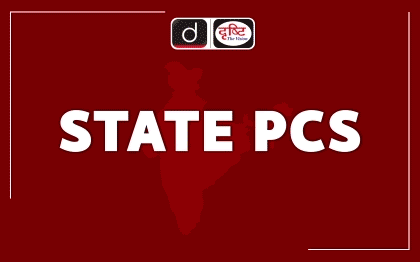
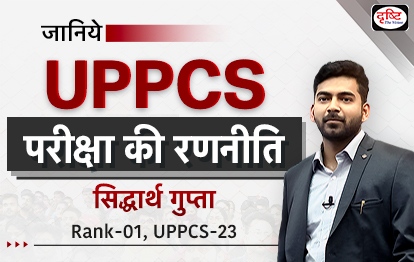

%20MPPCS%202025%20Desktop%20E.jpg)
%20MPPCS%202025%20Mobile%20E%20(1).jpg)

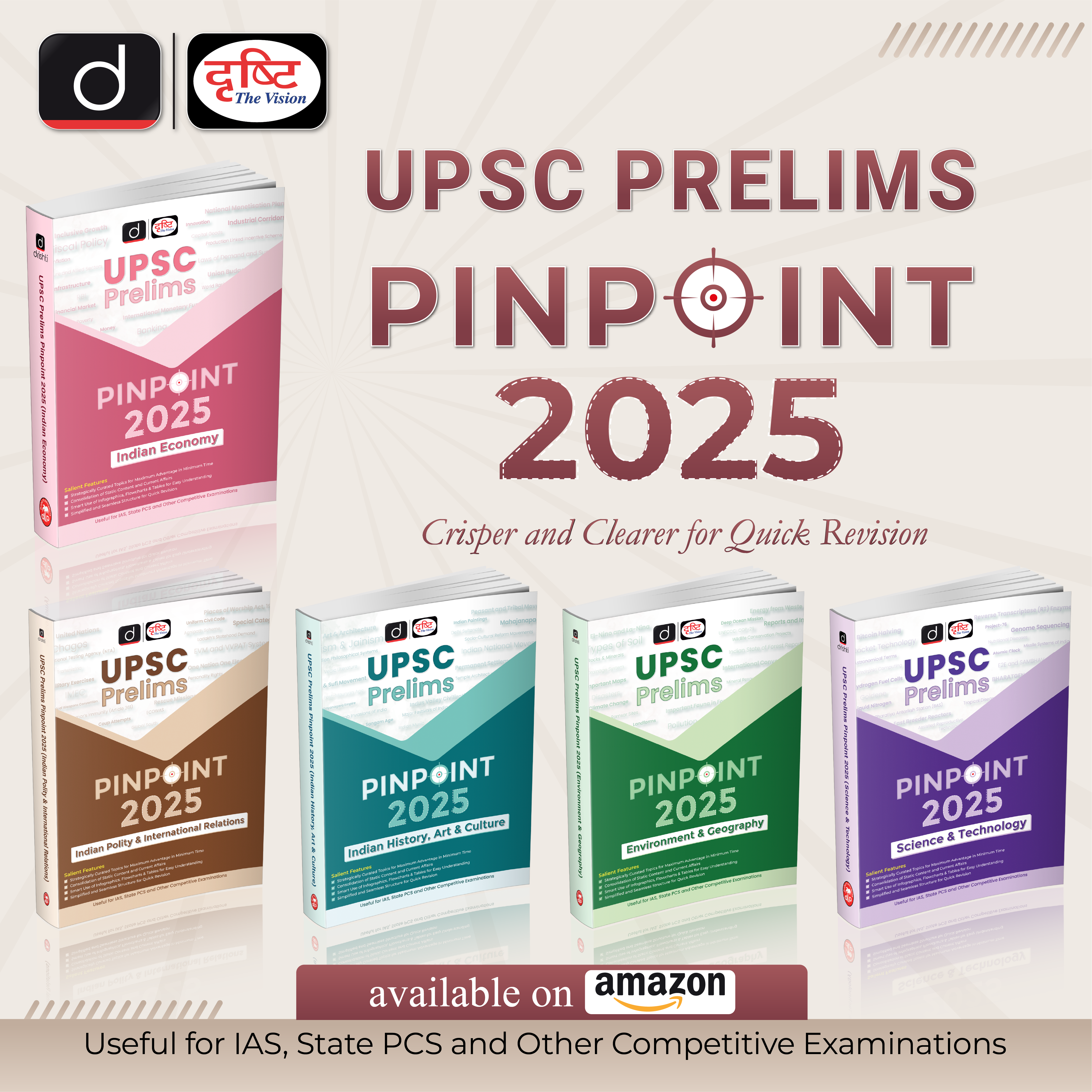







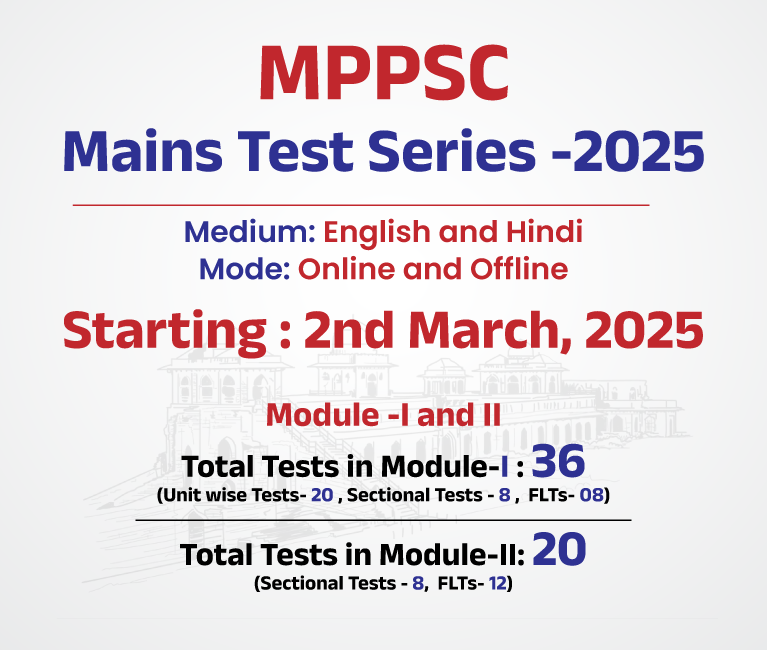
.png)
.png)

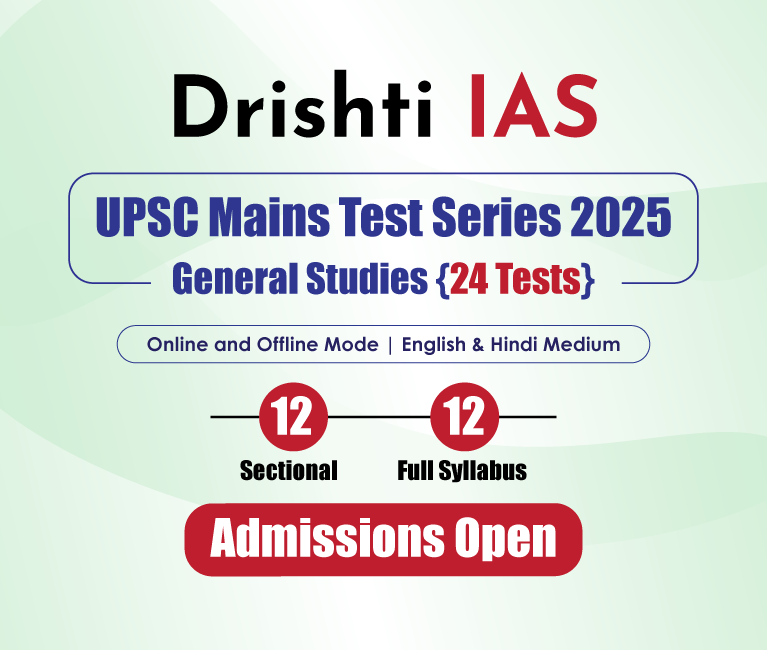



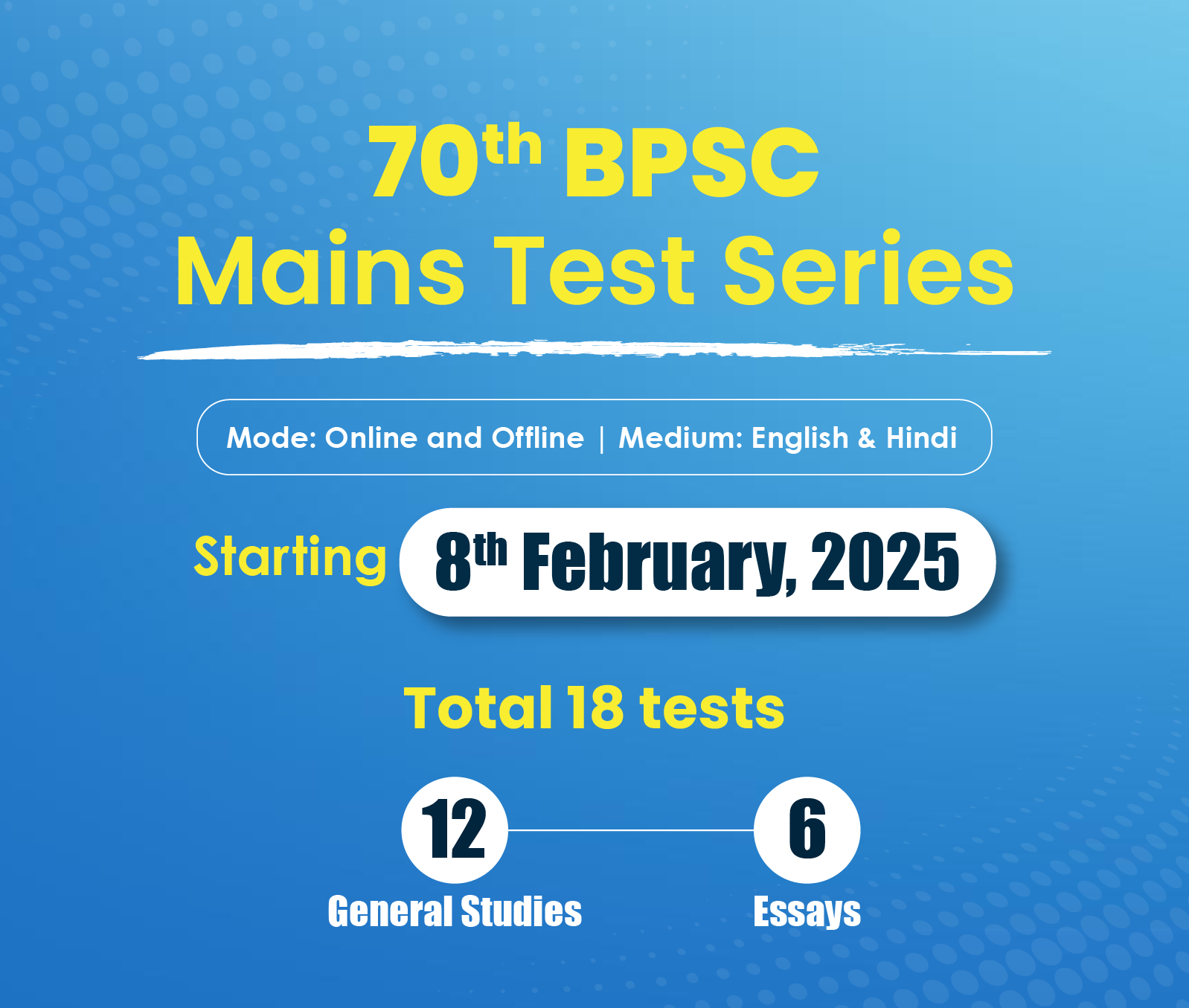





 PCS Parikshan
PCS Parikshan

